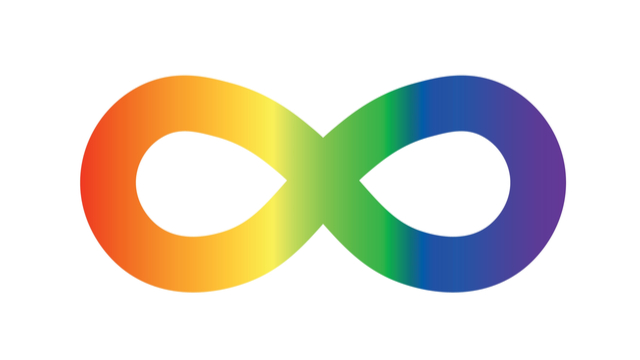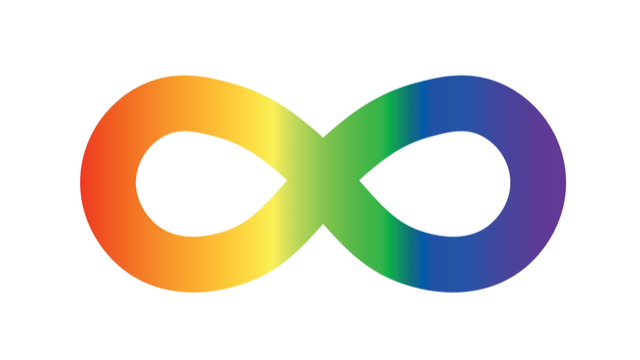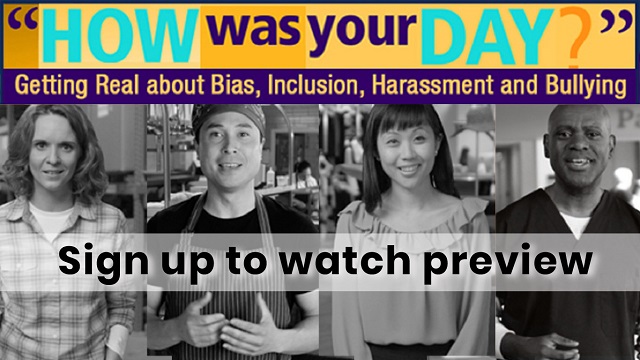5 Things You Should Know About Neurodiversity

Neurodiversity: A Critical Invisible Diversity
In the workplace, diversity refers to the organizational goal of having a workforce made up of employees from varied backgrounds, genders, cultures, races, ages, and other attributes. This can include Visible Diversity (e.g., race, gender, age, physical ability, or physical disability), and Invisible Diversity (e.g., ethnicity, education level, religious beliefs, cognitive ability, etc.)
Neurodiversity is an important type of invisible diversity that is sometimes overlooked. Here are five things you should know about it.


1) It's not the same as Diversity of Thought
Diversity of thought is a difference in perspectives, ideologies and opinions.
Neurodiversity is defined as the range of differences in individual brain function and behavioral traits, regarded as part of normal variation in the human population¹. “Neurodivergent” brains include individuals with things like autism, adult attention-deficit/hyperactivity disorder (ADHD), learning disabilities, intellectual disabilities, Tourette Syndrome, or sensory processing disorder, as well as mental health conditions.
2) It's something your organization probably has (but might not know about)
Like any marginalized employee, neurodivergent people will often “mask” --or hide things about themselves -- to assimilate (fit in), or to be perceived as more acceptable to others. Motivations behind masking or camouflaging neurodivergence include avoiding adverse workplace consequences like bullying, harassment, and discrimination.
Under Title 1 of the Americans with Disabilities Act, unless specific workplace accommodations are needed, neurodivergent workers are not obligated to disclose their diagnosis to others. It is a deeply personal decision and is often situational whereby the neurodivergent person may choose to only disclose to certain people for certain reasons.
Forward-thinking organizations acknowledge that neurodiversity most likely exists within their workforce and actively look for ways to ensure every employee is equipped with the tools and resources to perform their roles optimally. These can include consideration of all types of diversity when evaluating:
- Physical Workspaces and Work Systems
- Talent Management Processes
- Learning Opportunities and Accessibility
- Employee Support Groups
- Encouragement of Allyship within the Organization


3) It's about strengths, not weaknesses
When it comes to neurodivergent employees, the tendency can be to overly focus on weaknesses, such as: this person is not great at socializing, or this individual isn’t able to communicate as well with clients. But what if the individual has an extraordinary knack for problem solving or some kind of technical wizardry? Skills and strengths are person-dependent…among both the neurotypical and neurodivergent.
The key to inclusivity is to ask: how can we build a workplace that is accommodating and welcoming for the greatest number of people possible -- enabling people to use their strengths and honoring everyone's access, accommodation and support needs?
4) It's not "one size fits all"
When it comes to neurodivergent employees and the various conditions that fall within the scope of neurodivergence, it’s important not to generalize about groups. Generalizations can lead to hurtful microaggressions (where a false assumption, unconscious bias or stereotype causes us to unintentionally hurt or disrespect another person) and perpetuate stigma.
In the case of autism, for example, many people have the misconception that behaviors they’ve seen in one autistic person are shared by all others with the disability. Yet just the opposite is true. Individuals with the diagnosis are vastly different. It is important that neurotypical people make it a goal to be more mindful, knowledgeable and empathetic regarding neurodivergence and disability.
Increased awareness is always the first step towards change. Gain awareness by seeking knowledge from sources like ada.gov, dol.gov, adata.org, askjan.org, or from the sites of disabled creators, advocates, and experts. When possible, find ways to share experiences with those in different neurodivergent communities so you can better understand the type of support that is needed and become a more effective ally.
5) Its enemy is Ableism
Generally speaking, ableism is a set of prejudices, stereotypes, and beliefs that are often negative against people with disabilities.
Sometimes ableism is demonstrated outwardly, in things like blocking accessibility by failing to have a ramp leading into the building or neglecting to have an interpreter when one is needed. In other cases, ableism is internalized—such as what happens when people with disabilities begin to believe the different stereotypes and messaging surrounding their own disability and subsequently doubt themselves.
In the workplace, perhaps the most common form of ableism is that which sets out to be benevolent but is actually misguided. A neurotypical person will jump in and try to help (or act on behalf of) a neurodivergent co-worker without their input or consent—rendering it help the neurodivergent person, didn’t ask for, and doesn't want or need.
Ableism often appears in the assumptions we make about others. See this example from the training program, How Was Your Day?
In these situations, the negative impact outweighs what might have been good intentions. Unconscious bias training organization-wide can teach employees how to uncover biases, challenge assumptions and avoid these kinds of unintentional offenses.
As was mentioned earlier in this post, the best way to learn more about neurodiversity and how to create a safe, respectful, welcoming workplace for neurodivergent employees is through discussion and discovery.
- Look for opportunities to hear first-hand about the lived experiences of neurodivergent individuals who have chosen to share their journey.
- Challenge any implicit biases you might have, particularly if you are neurotypical; never make assumptions about the support or accommodations others need.
- Should an employee or co-worker disclose a disability to you, simply ask the question: "how can I best support you?" Allyship and inclusion will flow from there.
This post is based on information in Media Partners’ Peoplecast podcast, Season 1, Episodes 6 and 7, featuring neurodiversity expert, attorney, and author Haley Moss. Haley is a thought leader on disability inclusion, autism, and neurodiversity in the workplace. We encourage you to listen to the podcasts or visit her website www.haleymoss.com.
Recommended Training

How Was Your Day? is our 9-time award-winning respectful workplace awareness course. It takes a uniquely non-threatening approach to helping people understand and reflect on unconscious bias, and diversity & inclusion.

Unintentional Still Hurts: Overcoming Unconscious Bias covers intent vs. impact and how to handle microaggressions (whether you are the perpetrator, the target or an observer).
¹ Oxford Dictionaries






